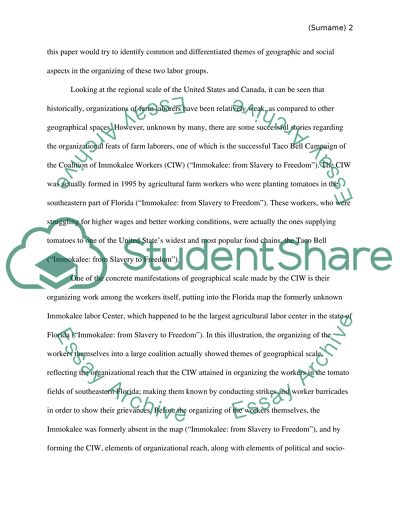Cite this document
(“Geographical scale Essay Example | Topics and Well Written Essays - 1250 words”, n.d.)
Retrieved from https://studentshare.org/environmental-studies/1407124-geographical-scale
Retrieved from https://studentshare.org/environmental-studies/1407124-geographical-scale
(Geographical Scale Essay Example | Topics and Well Written Essays - 1250 Words)
https://studentshare.org/environmental-studies/1407124-geographical-scale.
https://studentshare.org/environmental-studies/1407124-geographical-scale.
“Geographical Scale Essay Example | Topics and Well Written Essays - 1250 Words”, n.d. https://studentshare.org/environmental-studies/1407124-geographical-scale.


